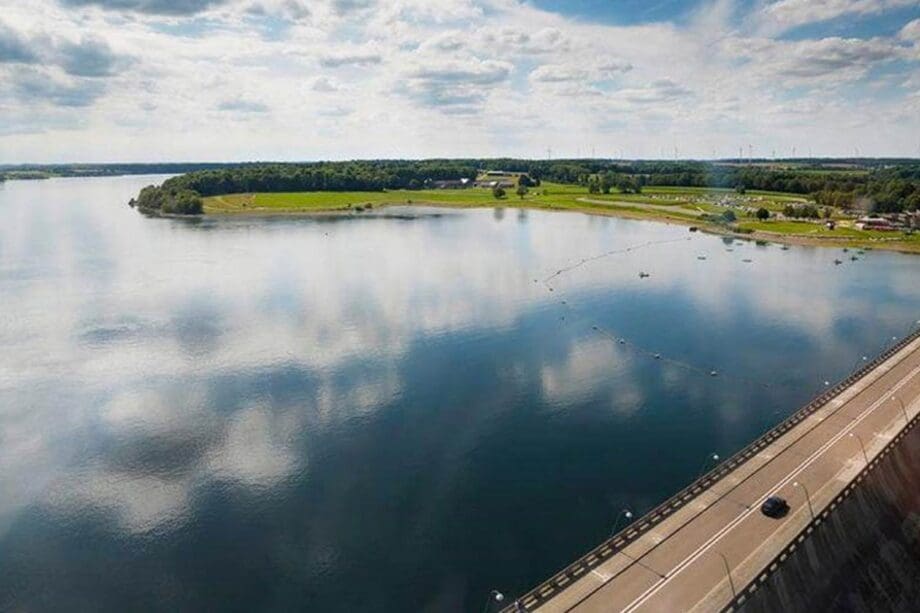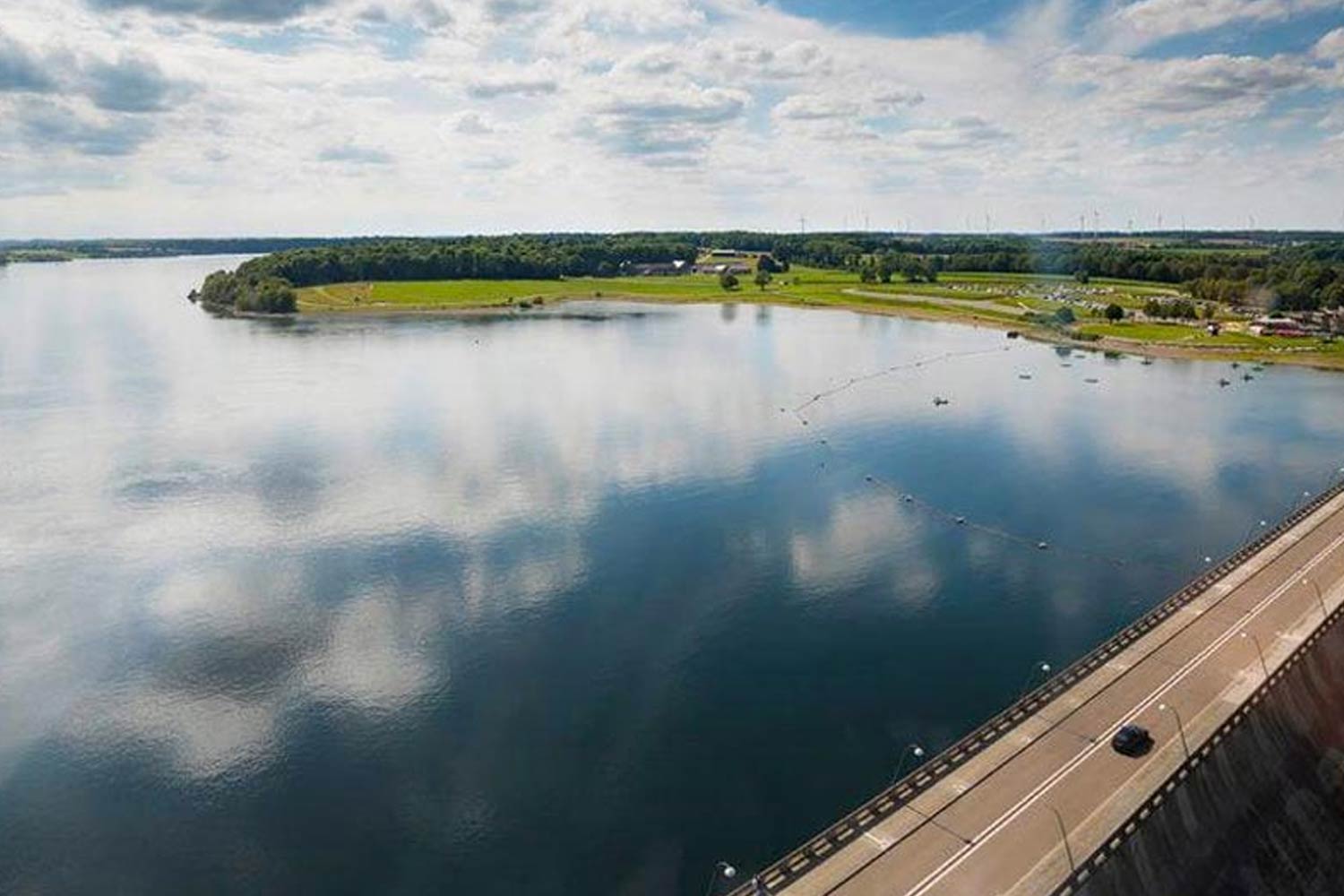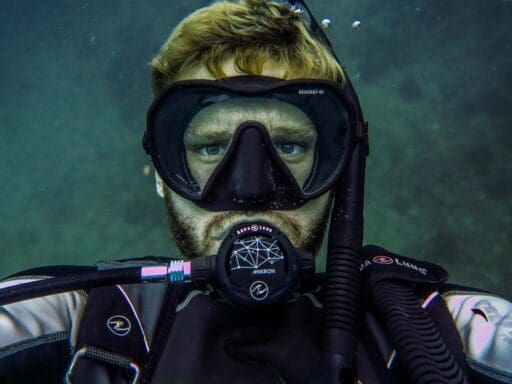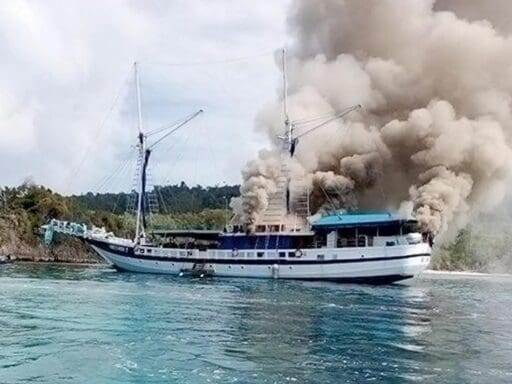Two experienced divers, Christophe Gauder (46) and Frédéric Pochet (59), from Liege, Belgium, lost their lives in a tragic accident during a night dive on January 4th, 2024. They were reported missing after their car was found parked at the Plate Taille reservoir near the southern town of Froidchapelle.
Experienced Divers, Unfamiliar Territory
Gauder, a single banker, was described by fellow dive club members as a seasoned diver. Pochet, while not affiliated with the same club, was also believed to be experienced. The Plate Taille reservoir, with its 350 hectares, is a popular attraction for both scuba diving and sailing. It’s part of the larger Eau d’Heure complex, boasting the title of Belgium’s biggest lake area.
A Powerful Undercurrent
The reservoir is home to the Plate Taille dam, constructed in the 1970s and holding the title of the country’s longest dam at 790 meters.
The dam is equipped with a pumped-storage hydroelectric power station. While recreational divers typically explore the area at depths of around 20 meters, with the powerful turbines clearly audible below, two of the dam’s three turbines were operational on the night of the fateful dive.
The water intake tunnel leading to the turbines plunges to depths exceeding 50 meters, reaching a maximum depth of 70 meters. Gauder and Pochet reportedly entered the water with DPVs (Diver Propulsion Vehicles), also known as underwater scooters, around 5pm, a time when the on-site dive center was closed.
A Grim Discovery
The search team located the divers’ equipment, including their rebreathers (closed-circuit rebreathing systems) and DPVs, in a damaged state. Sadly, the divers themselves weren’t found until the following day, downstream of the dam.
Cause of the Accident
Based on the recovered equipment and the location of the bodies, authorities believe the divers strayed far from the two designated diving zones and ventured too close to the dam’s water intake point. The powerful currents at this location likely swept them into the turbine system.
An autopsy confirmed the recovered remains belonged to the two missing divers. The Charleroi public prosecutor’s office stated, “They would have been caught by the huge turbine present in the watercourse.”
This incident serves as a stark reminder of the importance of proper planning and adherence to designated diving areas, especially when exploring unfamiliar territory with strong currents.




